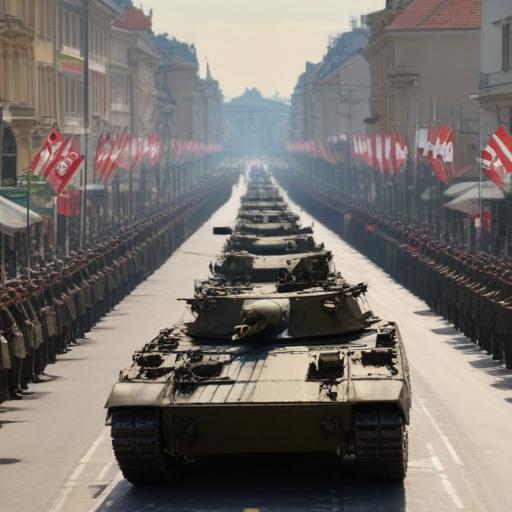On Thursday, Zagreb hosted a military parade to commemorate the 30th anniversary of Operation Storm, a significant campaign that led to Croatia reclaiming territories held by ethnic Serbs and marked a crucial turning point in the country’s struggle for independence during the breakup of Yugoslavia. The operation, which began on August 4, 1995, ended three days later with the disbandment of the Republic of Serb Krajina (RSK), an ethnic Serb territory within Croatia.
The successful military action not only solidified Croatia’s independence but also had broader implications in the region, contributing to the military dynamics in neighboring Bosnia and Herzegovina as the Bosnian Serb forces began to retreat under NATO pressure until the Dayton Peace Accord was signed in November 1995. Croatia’s efforts to establish itself as an independent nation were later internationally recognized through its accession to NATO in 2009 and the EU in 2013.
Igor Tabak, a political and security analyst in Zagreb, noted that although the real victory celebrations occurred three decades ago, the recent parade was an opportunity for Croatia to demonstrate its military investments to taxpayers. Croatia has achieved its defense spending goal of 2% of GDP, with plans for further increases. Recent years have seen the country transitioning from older equipment inherited from the former Yugoslav socialist regime to modern Western military technology, including acquiring advanced fighter jets and tanks.
The parade showcased this transition by featuring new military assets, highlighting Croatia’s defense sector advancements, including drones utilized in Ukraine. The push to modernize is evident not just in Croatia but across the Balkans, where former Yugoslav states are adapting to NATO standards despite varying approaches to military alignments and arms imports.
However, sentiments regarding Operation Storm remain deeply divided. For many ethnic Serbs, the event signifies ethnic cleansing and displacement, with tensions between Croatia and Serbia persisting. Observations from analysts like Nikola Lunić suggest that there is a growing risk of an arms race in the region, driven by the adversarial military posturing of both nations.
Moreover, Serbia’s military developments, including a recent deal for Rafale aircraft from France, contribute to the uneasy atmosphere. As both nations enhance their military capabilities, the potential for escalation exists, compounded by geopolitical influences, including Russia’s involvement in the region.
While the commemoration serves as an important reflection on Croatia’s past, it also highlights ongoing regional complexities and the need for dialogue and cooperation to ensure stability.
